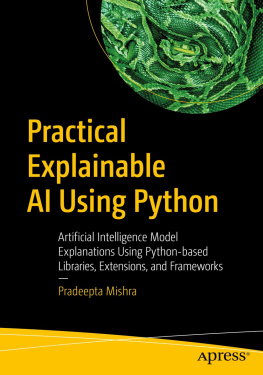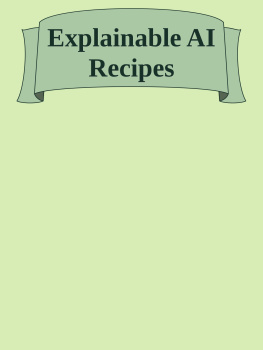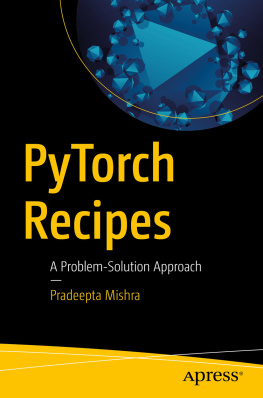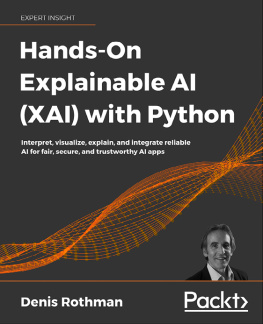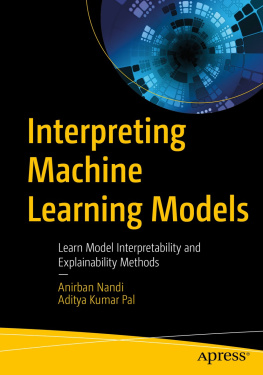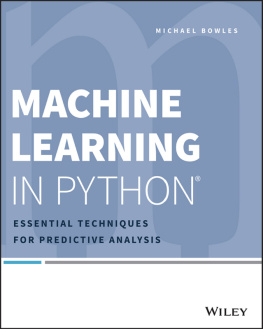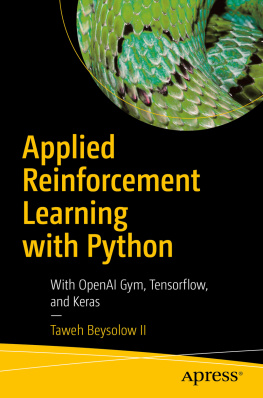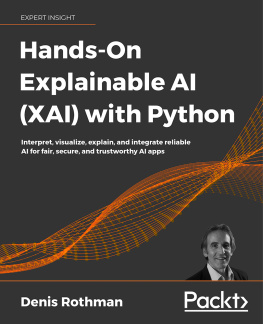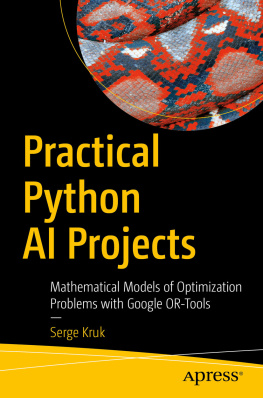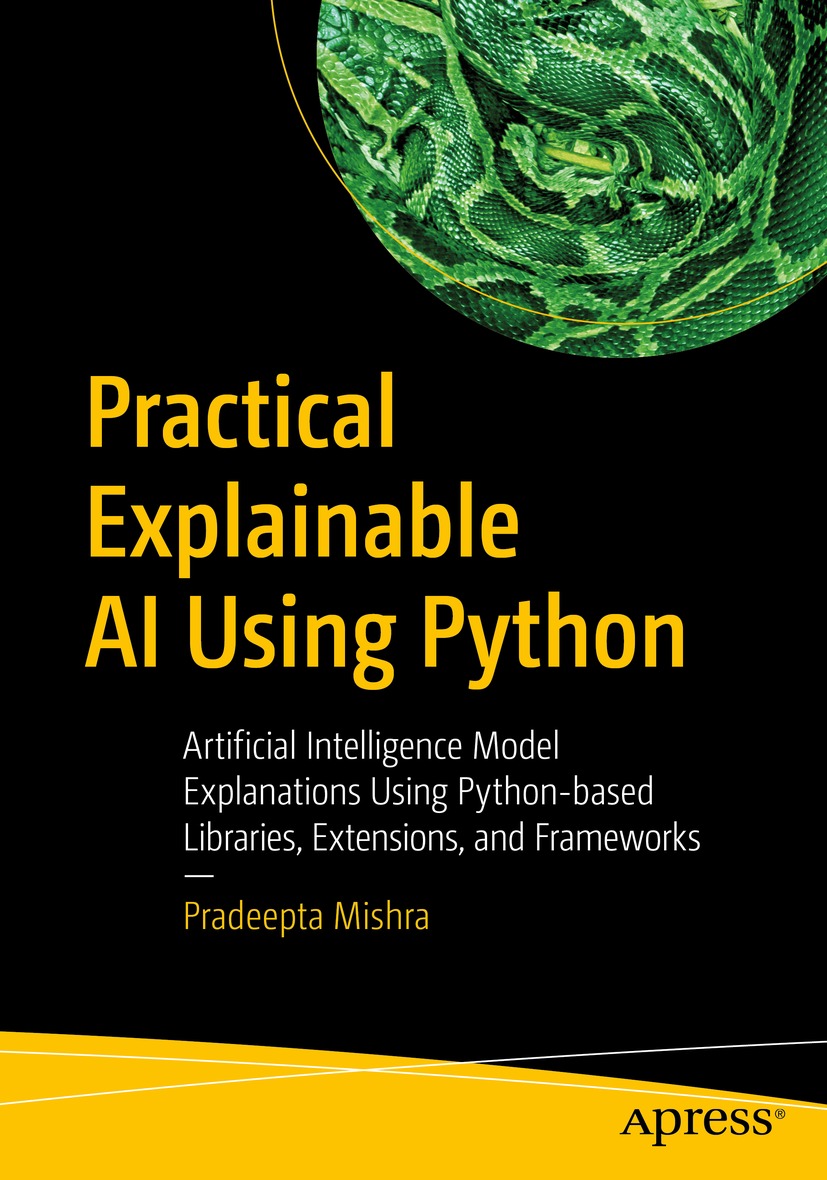Pradeepta Mishra - Practical Explainable AI Using Python: Artificial Intelligence Model Explanations Using Python-based Libraries, Extensions, and Frameworks
Here you can read online Pradeepta Mishra - Practical Explainable AI Using Python: Artificial Intelligence Model Explanations Using Python-based Libraries, Extensions, and Frameworks full text of the book (entire story) in english for free. Download pdf and epub, get meaning, cover and reviews about this ebook. year: 2022, publisher: Apress, genre: Children. Description of the work, (preface) as well as reviews are available. Best literature library LitArk.com created for fans of good reading and offers a wide selection of genres:
Romance novel
Science fiction
Adventure
Detective
Science
History
Home and family
Prose
Art
Politics
Computer
Non-fiction
Religion
Business
Children
Humor
Choose a favorite category and find really read worthwhile books. Enjoy immersion in the world of imagination, feel the emotions of the characters or learn something new for yourself, make an fascinating discovery.
- Book:Practical Explainable AI Using Python: Artificial Intelligence Model Explanations Using Python-based Libraries, Extensions, and Frameworks
- Author:
- Publisher:Apress
- Genre:
- Year:2022
- Rating:3 / 5
- Favourites:Add to favourites
- Your mark:
Practical Explainable AI Using Python: Artificial Intelligence Model Explanations Using Python-based Libraries, Extensions, and Frameworks: summary, description and annotation
We offer to read an annotation, description, summary or preface (depends on what the author of the book "Practical Explainable AI Using Python: Artificial Intelligence Model Explanations Using Python-based Libraries, Extensions, and Frameworks" wrote himself). If you haven't found the necessary information about the book — write in the comments, we will try to find it.
Youll begin with an introduction to model explainability and interpretability basics, ethical consideration, and biases in predictions generated by AI models. Next, youll look at methods and systems to interpret linear, non-linear, and time-series models used in AI. The book will also cover topics ranging from interpreting to understanding how an AI algorithm makes a decision
Further, you will learn the most complex ensemble models, explainability, and interpretability using frameworks such as Lime, SHAP, Skater, ELI5, etc. Moving forward, you will be introduced to model explainability for unstructured data, classification problems, and natural language processingrelated tasks. Additionally, the book looks at counterfactual explanations for AI models. Practical Explainable AI Using Python shines the light on deep learning models, rule-based expert systems, and computer vision tasks using various XAI frameworks.
What Youll Learn
- Review the different ways of making an AI model interpretable and explainable
- Examine the biasness and good ethical practices of AI models
- Quantify, visualize, and estimate reliability of AI models
- Design frameworks to unbox the black-box models
- Assess the fairness of AI models
- Understand the building blocks of trust in AI models
- Increase the level of AI adoption
Who This Book Is For
AI engineers, data scientists, and software developers involved in driving AI projects/ AI products.
Pradeepta Mishra: author's other books
Who wrote Practical Explainable AI Using Python: Artificial Intelligence Model Explanations Using Python-based Libraries, Extensions, and Frameworks? Find out the surname, the name of the author of the book and a list of all author's works by series.

